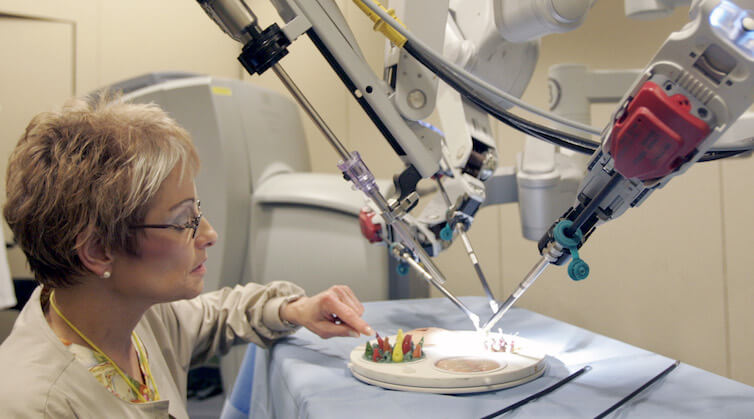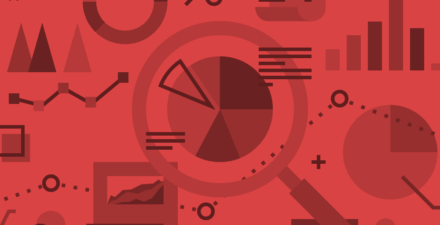Brad DeLong: Worthy reads on equitable growth, March 8–14, 2019
Worthy reads from Equitable Growth:
- The massive economic overreliance of the United States on formal education, coupled with a high school system that appears half a century out of date and no alternative to standard or semistandard college, is not serving us well. Read Equitable Growth 2015 and 2016 grantee Kyle Herkenhoff’s “The Case for More Internships and Apprenticeships in the United States,” in which he writes: “Learning from co-workers accounts for 24 percent of the aggregate U.S. human capital stock. Roughly 40 percent of a typical worker’s human capital is accumulated on the job, and of that human capital accumulation, 60 percent comes from learning the skills of co-workers. These benefits of learning from co-workers could be increased markedly, however, if U.S. policymakers encouraged more firms to offer internships, apprenticeships, and other types of mentoring such as vocational training. But this is easier said than done. In the U.S. labor market … not enough mentorship relationships are formed between high- and low-skill workers. If low-skill workers are able to leave immediately after learning new skills, then their employers have little incentive to train and educate those workers. But, from society’s standpoint, we want those low-skill workers to be taught so that they produce more and eventually go on to train the next generation of workers … A simple 3.6 percent tax break on the wages of interns, or a 3 percent tax break on the wages of mentors (defined to be those whose primary capacity is to work with interns), would generate welfare gains of roughly 2 percent per annum in the long run.”
- There are many obstacles to the successful reintegration of ex-convicts. This—access to credit resources—now looks like a surprisingly important one. Read Equitable Growth 2018 grantee Carlos Fernando Avenancio-León’s “Without Access to Credit, Ex-Cons May Return to Lives of Crime: “Within the former inmate population, those experiencing sharper drops in credit availability are more likely to engage in future criminal activity: For each thousand dollars of available credit card limit lost, recidivism increases by 1.4 percentage points. Accordingly, a history of incarceration and lack of access to credit creates credit-driven crime cycles for this population. Yet, after accounting for credit history and income, former inmates are less likely to default on loans than individuals who have never been incarcerated. Because former inmates present lower credit risks, lenders extend former inmates slightly more loans, albeit not nearly enough to overcome a lending contraction driven by low credit scores.”
- Over the past generation, tax avoidance and evasion have gone from an annoyance to a major societal catastrophe. Read Annette Alstadsæter, Niels Johannesen, and Equitable Growth 2018 grantee Gabriel Zucman’s “Tax Evasion and Inequality,” in which they write: “Why do the rich evade so much? The straightforward answer is because they can. There is a whole industry—in Switzerland, Panama, and other tax havens around the globe—that provides wealth concealment services to the world’s wealthiest individuals. This industry typically only targets the very wealthy (people with more than $20 million or sometimes $50 million to invest), since serving too many would-be evaders would increase the risk of these banks and law firms being found in violation of the law. Moderately wealthy individuals (those below the top 0.1 percent) do not have access to the services they sell and therefore don’t evade much tax. Further down the ladder, the majority of the population only earns wages and pension income, which cannot be hidden from the tax authority.”
Worthy reads not from Equitable Growth:
- Pharmaceutical pricing appears to be one of the very few areas in which an equitable growth agenda can be advanced at the federal level over the next 2 years. Read the Coalition to Protect Patient Choice’s “How Rebate Walls Block Access to Affordable Drugs,” in which the organization writes: “The company that manufacturers the older drug can ‘bundle’ its rebates for all those prescriptions and use it as a weapon. Some drug companies are using the large group of rebates, also known as a ‘rebate wall,’ as a negotiating tactic—they demand that health plans not favor or exclude newer medicines from their formularies, even if the newer medicines lead to better outcomes. One example of this problem are when Johnson & Johnson used rebate walls to protect its drug Remicade and stifle competition from Pfizer’s Inflectra, a lower-cost biosimilar drug. … How can this be fixed? One possible solution: The Trump administration has announced a proposed rebate rule that eliminates the anti-kickback safe harbor that is currently applied to rebates. Another idea would be indication-based pricing, which is requiring prices and rebates to be negotiated for each drug and not bundled together. And as we mentioned earlier, the Federal Trade Commission could and should forbid drug manufacturers from erecting rebate walls.”
- This Federal Reserve interest-raising cycle is not just an ex-post but also an ex-ante mistake. Read Adam Ozimek and Michael Ferlez, “The Fed’s Mistake,” in which they write: “When the Fed faces similar uncertainty in the future, looks back at the decision to start raising rates in 2015, and judges that the path of monetary policy turned out to be optimal, such an assessment will offer support for raising rates. If, instead, the Fed looks back and sees that the path was sub-optimal, such an assessment will offer a cautionary tale … The current Fed estimate of the long-run unemployment rate implies that in December 2015, the gap was 0.55 percentage point instead of 0.1 … The assumption that the LRU will continue to be revised downward is consistent with the pattern over the past few years and is further supported by recent statements from Powell that indicate a strong possibility that LRU will continue to fall. As the best estimates of the long-run unemployment rate fall, the magnitude of the Fed’s ex-ante error will continue to grow … the Fed made a numerically significant error in underestimating the amount of labor market slack.”
- Read David Leonhardt, “Trump’s Trade Grade,” in which he writes: “It’s a neat microcosm of President Trump’s economic policy: He picks a yardstick to measure the American economy—the trade deficit—that’s mostly meaningless. He spends years criticizing it as too high and promising to reduce it. And under his administration, it surges.”






